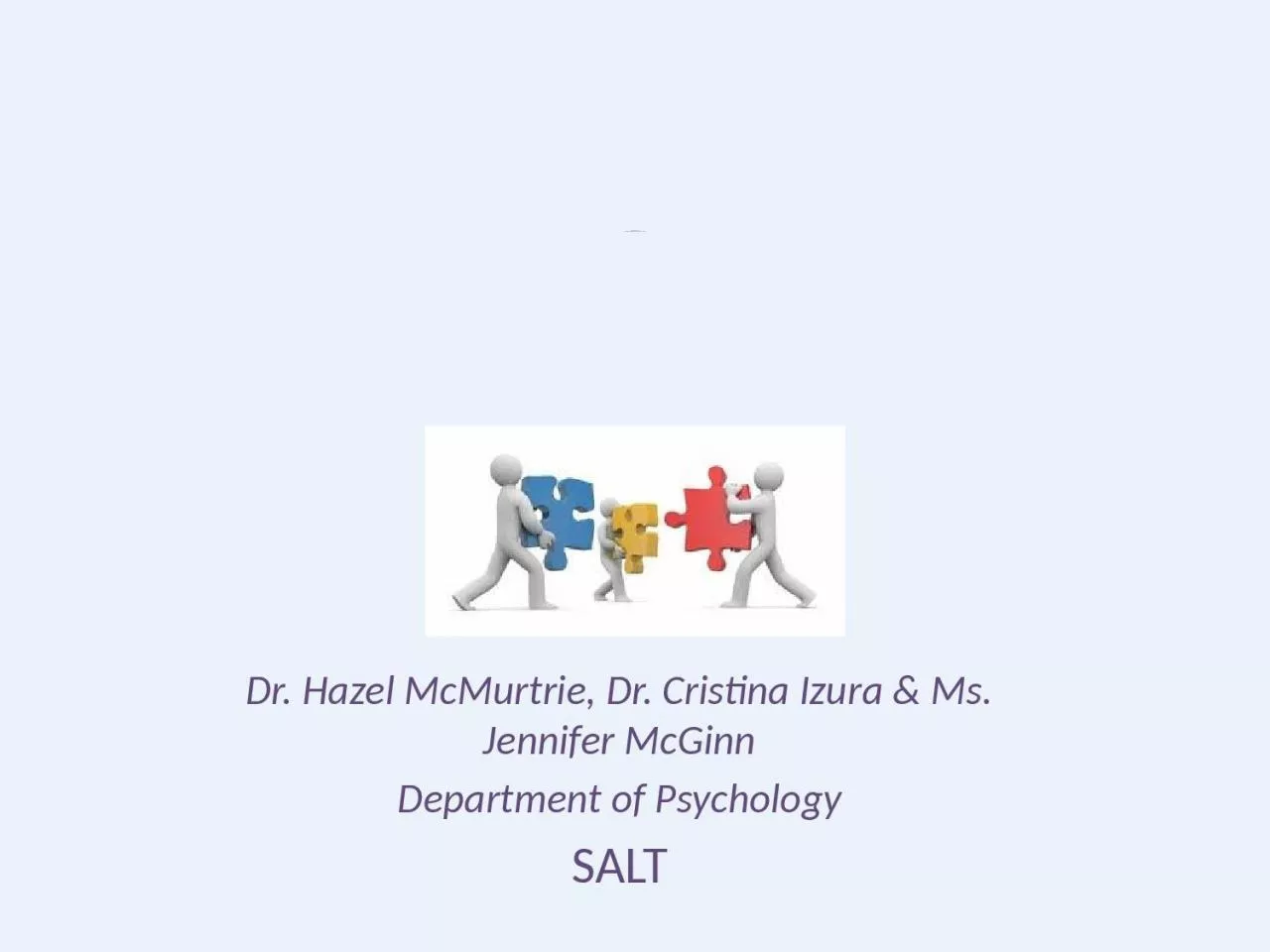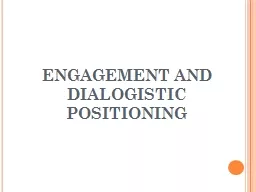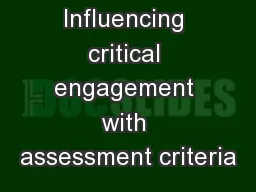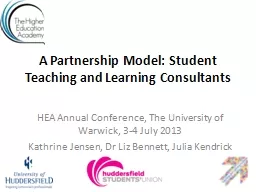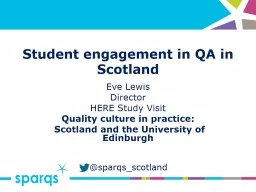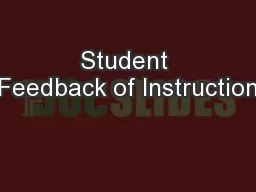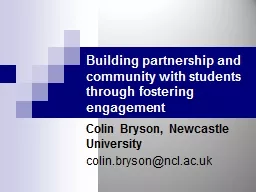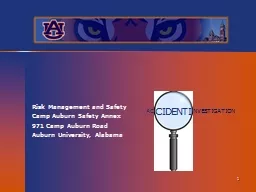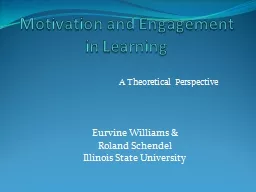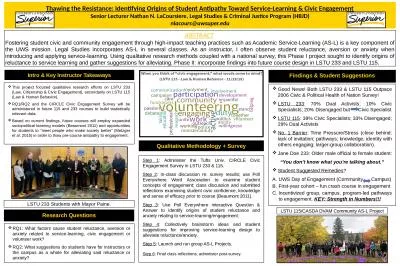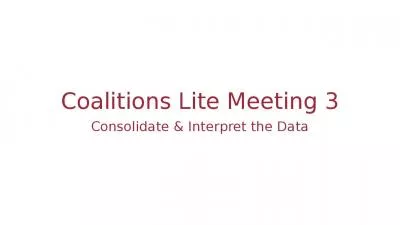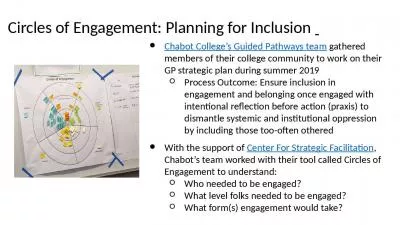PPT-Dialogic feedback: Contributing factors to student engagement
Author : garboardcola | Published Date : 2020-08-28
Dr Hazel McMurtrie Dr Cristina Izura amp Ms Jennifer McGinn Department of Psychology SALT Dialogic feedback Contributing factors to student engagement 2 Background
Presentation Embed Code
Download Presentation
Download Presentation The PPT/PDF document "Dialogic feedback: Contributing factors..." is the property of its rightful owner. Permission is granted to download and print the materials on this website for personal, non-commercial use only, and to display it on your personal computer provided you do not modify the materials and that you retain all copyright notices contained in the materials. By downloading content from our website, you accept the terms of this agreement.
Dialogic feedback: Contributing factors to student engagement: Transcript
Download Rules Of Document
"Dialogic feedback: Contributing factors to student engagement"The content belongs to its owner. You may download and print it for personal use, without modification, and keep all copyright notices. By downloading, you agree to these terms.
Related Documents

